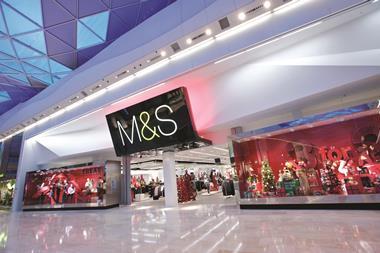With certain parts of the country more likely to suffer from public sector cuts, should we differentiate pricing and stock by area or even store?
Local ranging and pricing is increasingly possible using EPoS and merchandising technology. The big grocers have been using differential pricing in their convenience formats for some time now.
While most general retailers still run a standard single price model, AlixPartners director Dan Murphy says that local pricing is likely to become more important as we see demand profiles becoming increasingly localised around the country.
While many retailers are reluctant to introduce local pricing (what if customers buy from one store, but return to another?), it is a fact that consumers are very comfortable with multiple pricing models - think happy hours, tiered pricing for airline tickets, or even the price of a pint of beer from one end of the country to the other.
Murphy adds: “The fact is that multiple local pricing is becoming a reality and it is inertia preventing retailers from embracing it, rather than any real operational issues.” Even the problem of online versus local store pricing can be overcome, as customers increasingly understand that it is cheaper to shop online. Many businesses now actively encourage consumers to buy online, offering discounted pricing to get the message across.
And when it comes to assortment planning, Murphy’s view is that the old “space and turnover” model of store grading is now pretty much irrelevant.
He says: “Retailers are still comfortable planning their ranges according to store size, but the best players now allocate store ranges based on local demand profiling. Today’s stock management systems can easily cope with this and those retailers that do not offer local ranging are frankly not offering their customers what they want.”


























No comments yet